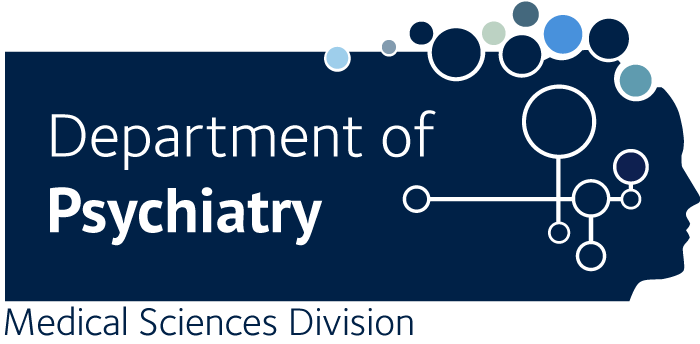The "sugar dilemma".
Noe CR., Handschuh P., Wolfslehner L., Noe CA., Noe-Letschnig M., Soucek-Noe D., Lanzenberger R.
Type 2 diabetes mellitus is characterized by insulin resistance and elevated blood glucose levels. Treatment protocols generally include dietary restriction of sugar, as well as drugs aiming at a reduction of blood glucose, mainly by activating the insulin system or supplementing insulin. This established approach does not take into account the outstanding physiological role of glucose as a key molecule in metabolism. Glucose is crucial to meet the high energy demand of the brain, which depends on it as an exclusive nutrient. Insulin independent glucose transporters GLUT1 import glucose into the brain. Reduction of blood glucose, as in current treatment concepts, may lead to energy deficiency in the brain and consecutively to worsening of - possibly already impaired - neurocognitive function. Reduced cell membrane fluidity of the vascular endothelium of the bloodbrain-barrier (BBB) - due to malnutrition and/or aging - is considered a major factor in pathogenesis of the cerebral metabolic syndrome, which is a key step in neurodegeneration. Under this aspect we suggest a novel approach to prophylaxis and treatment focusing on a sufficient supply of glucose to the brain.

